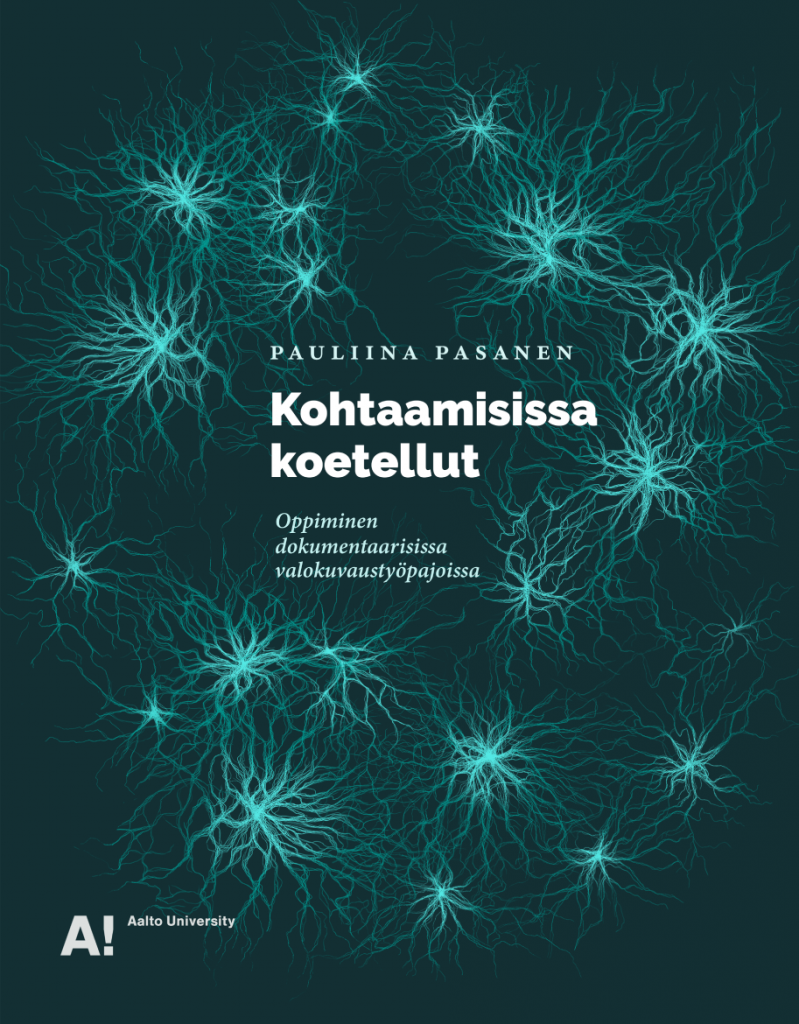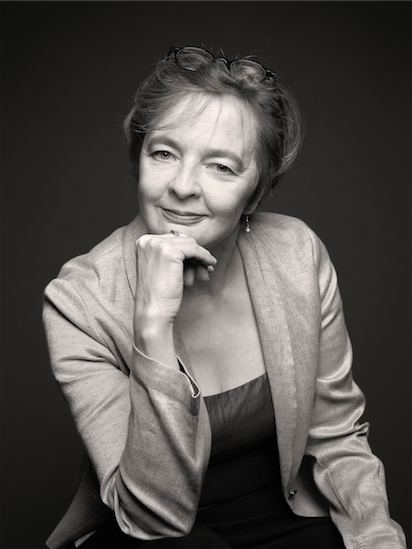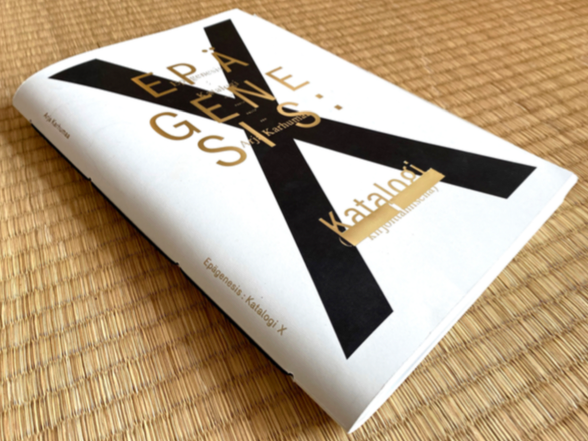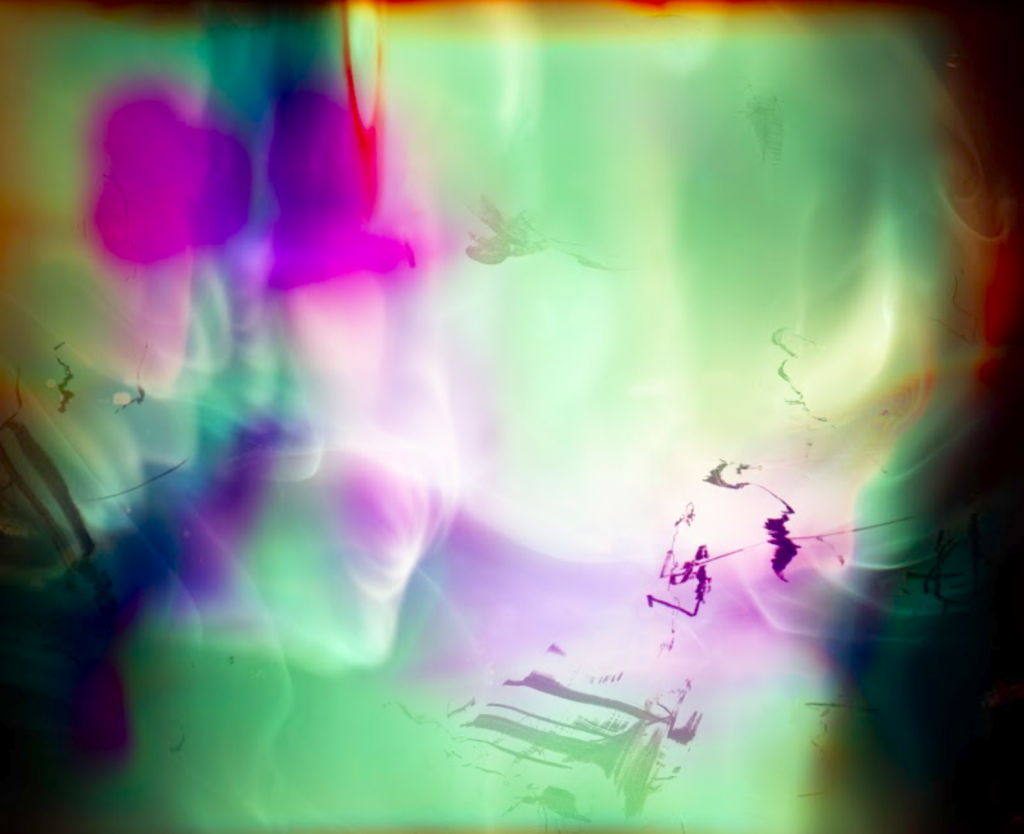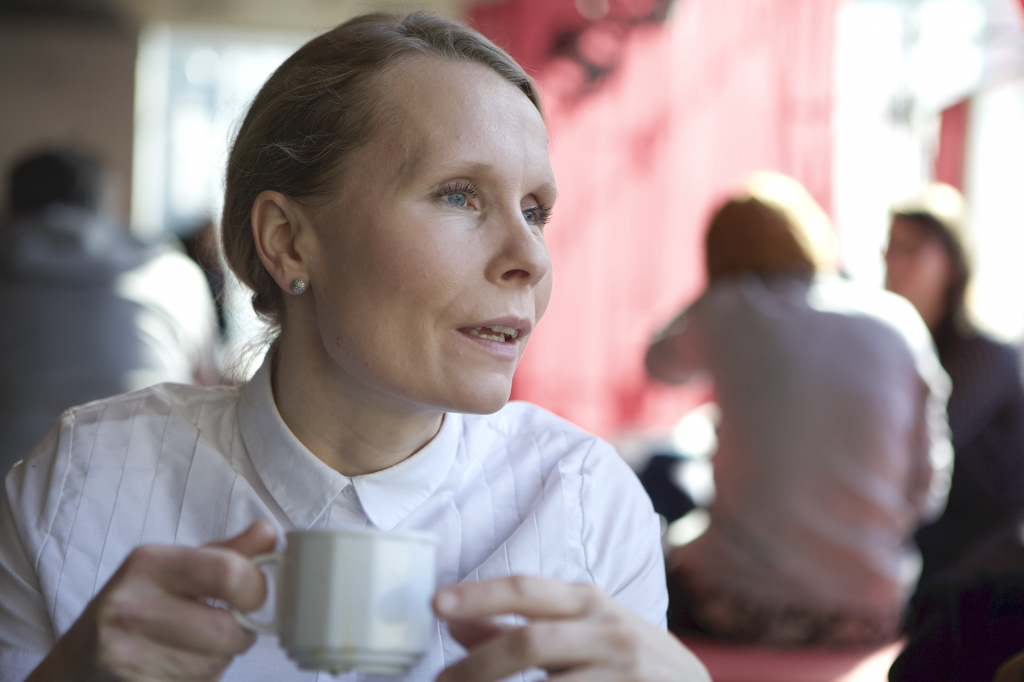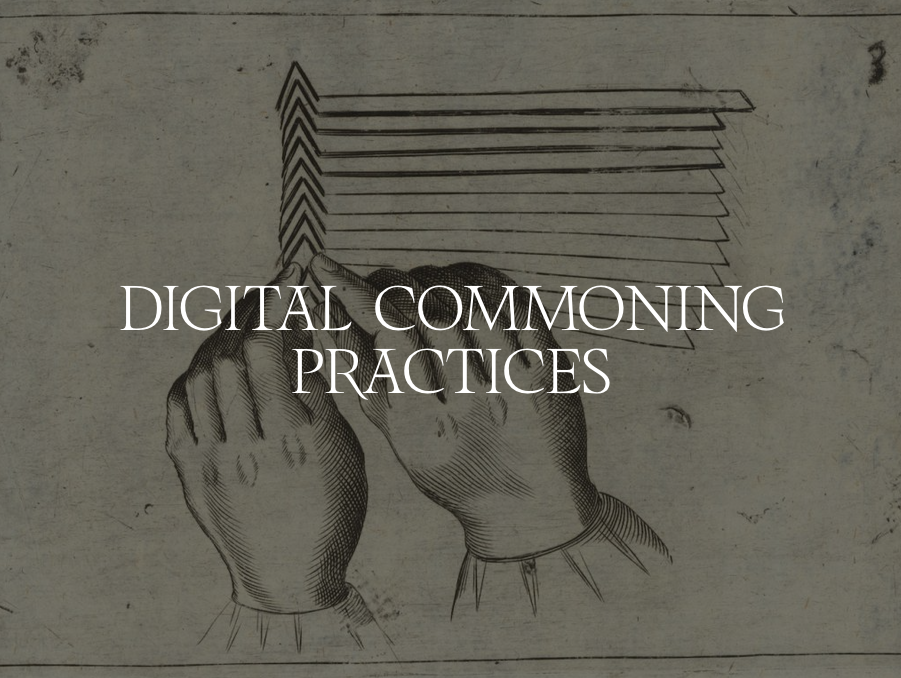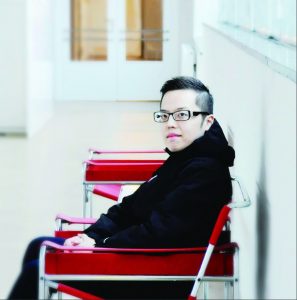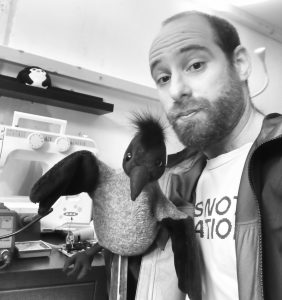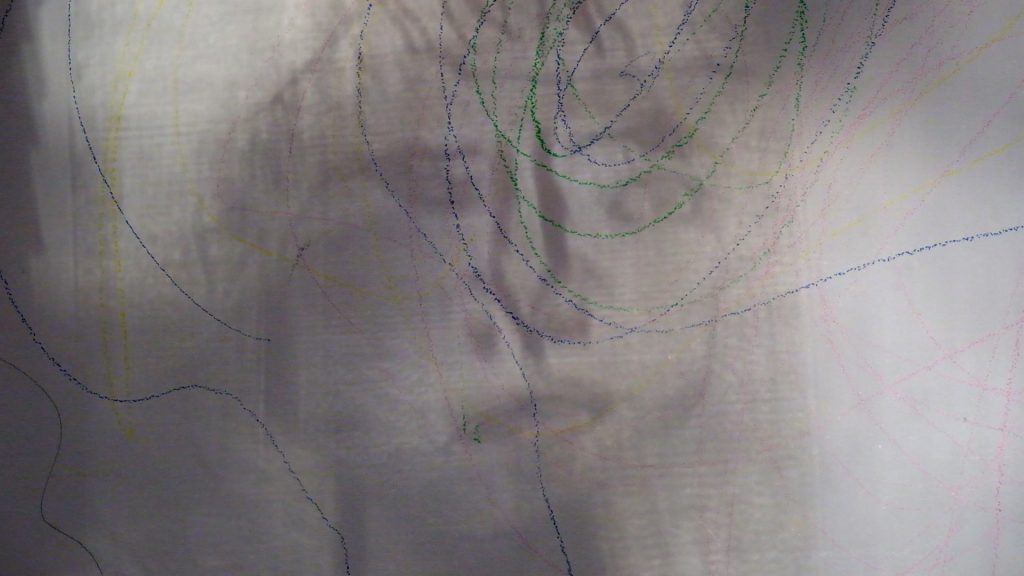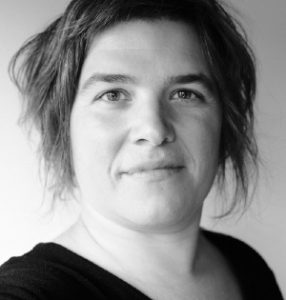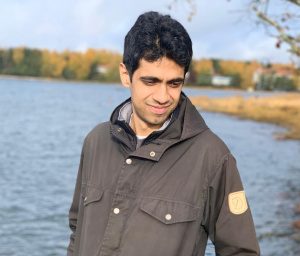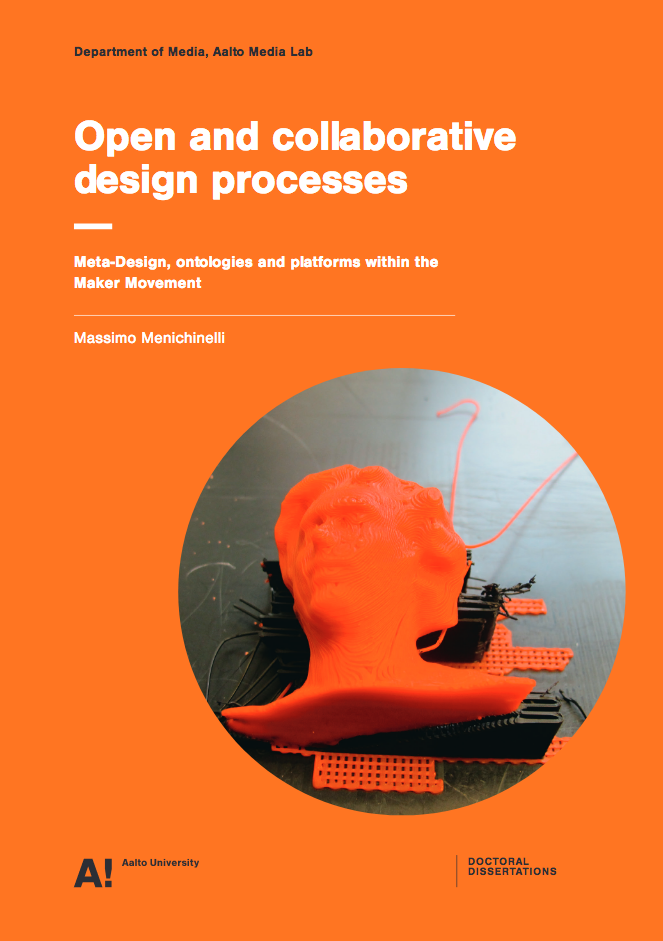Event Schedule
The public defence is held remotely via Zoom: https://aalto.zoom.us/j/69451333758 on Friday 16th of April from 12:00 – 14:00.
The audience is asked to join at no later than 12:00. The defence will be recorded.
Event language: Finnish
Event Page: In Finnish | In English
Title of dissertation:
Kohtaamisissa koetellut.
Oppiminen dokumentaarisissa valokuvaustyöpajoissa
English title: Tested through encounters. Learning in documentary photography workshops
Opponent: PhD, Reijo Kupiainen, University of Tampere.
Custos: Professor Harri Laakso, Aalto University School of Arts, Design and Architecture, Department of Media.
ABSTRACT
“Tested through encounters. Learning in documentary photography workshops research is academical study in the field of arts pedagogy. It examines learning in photography ́s major studies in a University of applied sciences, more precisely in two specific documentary workshops in which the photography of the students is at the core. The teachers of the study (Stefan Bremer, Encountering photography workshop as well as Japo Knuutila and Jan Kaila, The methodological workshop of photography) have carried out workshops using self-developed concepts for decades in Finnish photography study programs.
The methodology of this study is at-home ethnography with the context of the study being the researcher-teachers workplace. The researcher makes use of essential research material alongside her own knowledge and experience about the subject. The material consists of pictures and sound recordings of the teaching situations and is supplemented by interviews of the teachers and students. In the study learning is observed through the actor-network theory. In this case the learning is considered to be happening in transformations of the different human and non-human actors. Instead of seeing learning only as an individual’s progression, this research looks at learning as a socio-material process. To learn to be a photographer is to experience the trials of the unified functioning of human and camera in different encounters in photography environments as well as teaching situations in the dialogue between the teacher, the student and the student group.
The research accounts for the changes that digitalization and the internet have made to photography and its learning processes. The Documentarist now acts in a networked world, where the information concerning the study of art is easily available, international contacts are created through social media and the sharing of images changes the human attitude towards photography.
Alongside non-human actors the study also examines, for example the dialogue and authority relation between the teacher and the student. The teacher teaches in many ways, for example by setting up as opposition to the student and challenging them to overcome themselves as photographers. In Documentary workshops the idea is to be present in the world which is not entirely possible through distant learning using the internet. Being trained in being intensely present matters. Instead of examining the photographers identity the study suggests using Rosi Braidotti ́s concept of Nomadic subjectivity to look at the agency of the documentarist in different relations as a continually evolving process.”
The dissertation is publicly displayed online 10 days before the defence here.
THE DOCTORAND
Pauliina Pasanen is a senior lecturer at the Department of Photography at Lahti Design Institute (LAB University of Applied Sciences). The methodology of her doctoral dissertation ‘Kohtaamisissa koetellut. Oppiminen dokumentaarisissa valokuvaustyöpajoissa’ (Tested through encounters. Learning in documentary photography workshops) is at-home ethnography with the context of the study being the researcher-teacher ́s workplace. Alongside the actual research material, the researcher makes use of her own knowledge and experience about the subject. The dissertation is published by Aalto Arts Books. The research is the first study about the pedagogy of photography in higher education in Finland. Pasanen has previously graduated MA from the University of Art and Design (Taik).
For more information, please contact Pauliina Pasanen.

